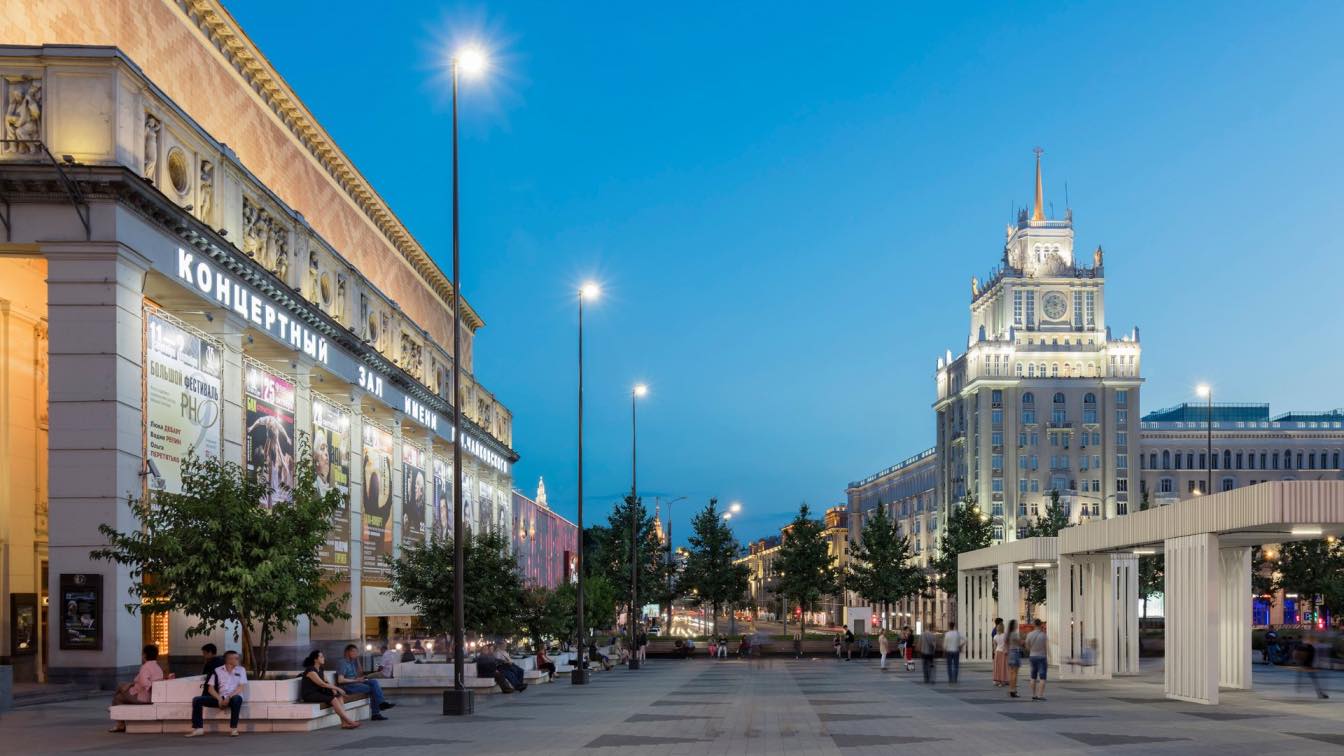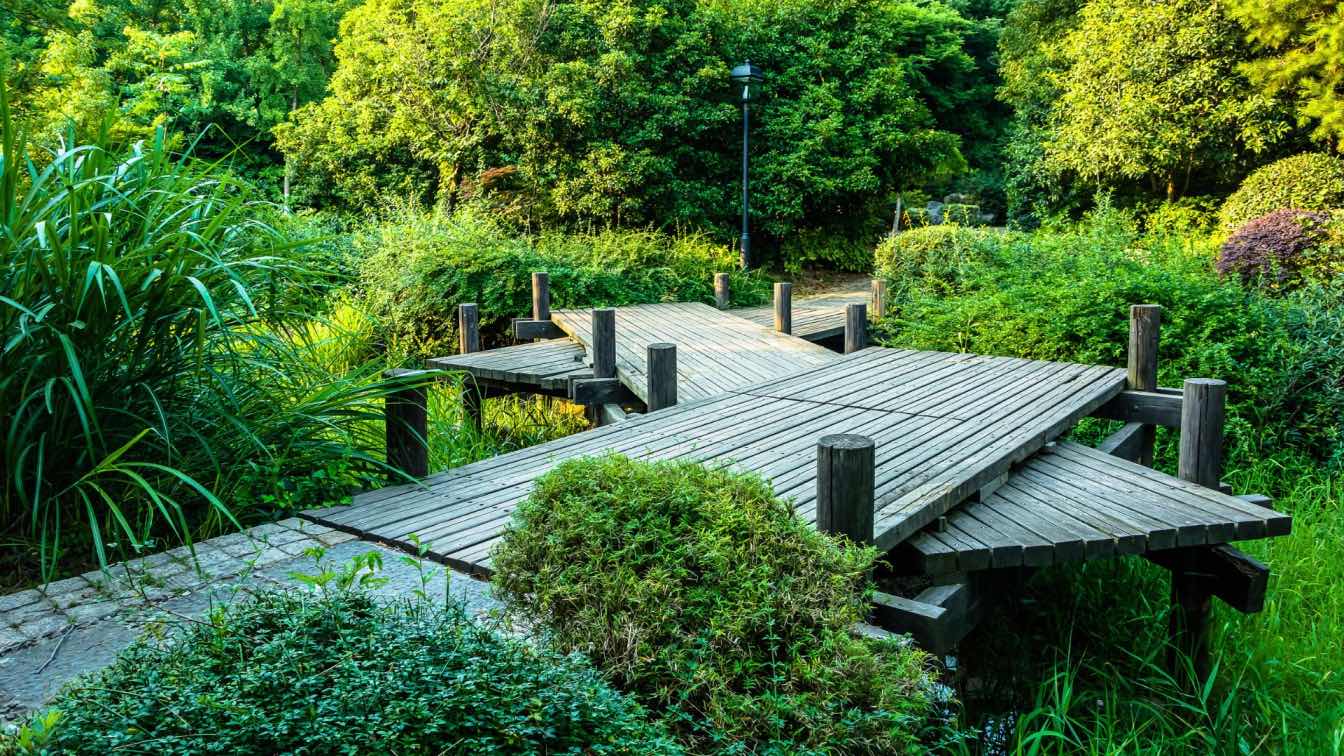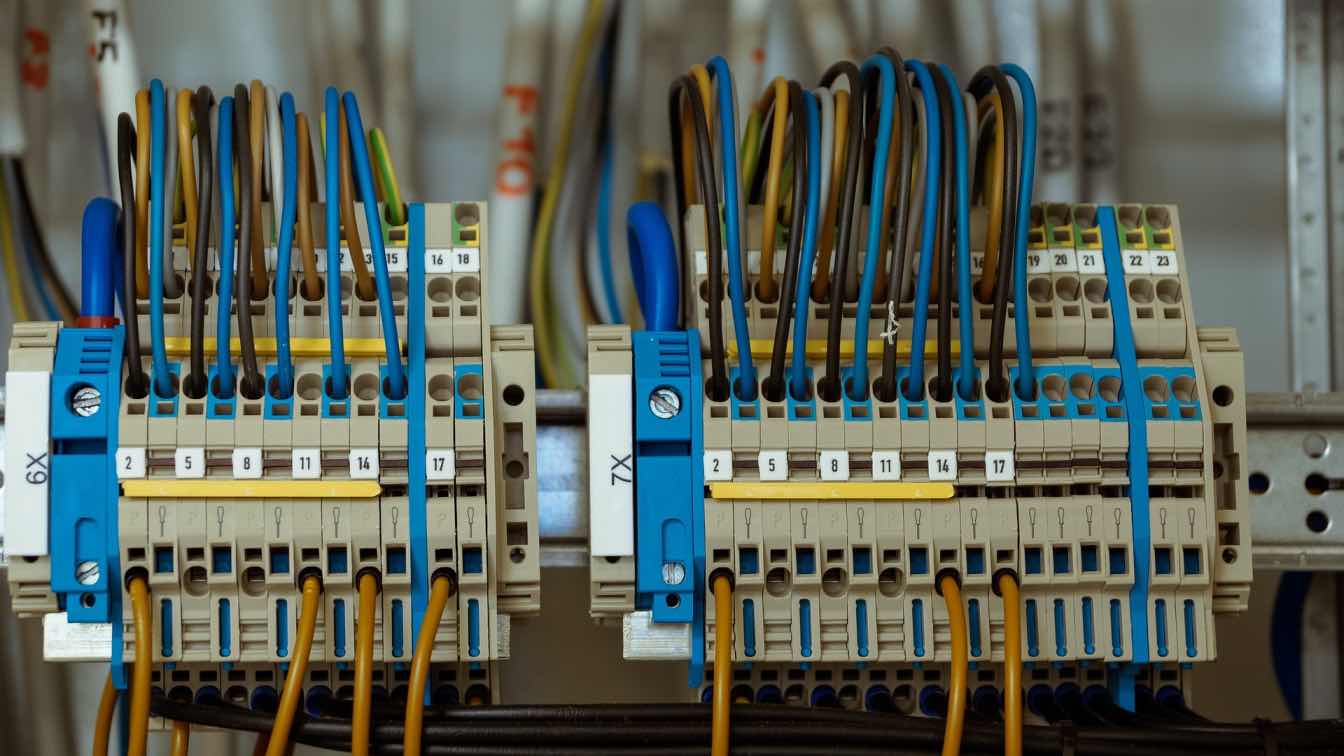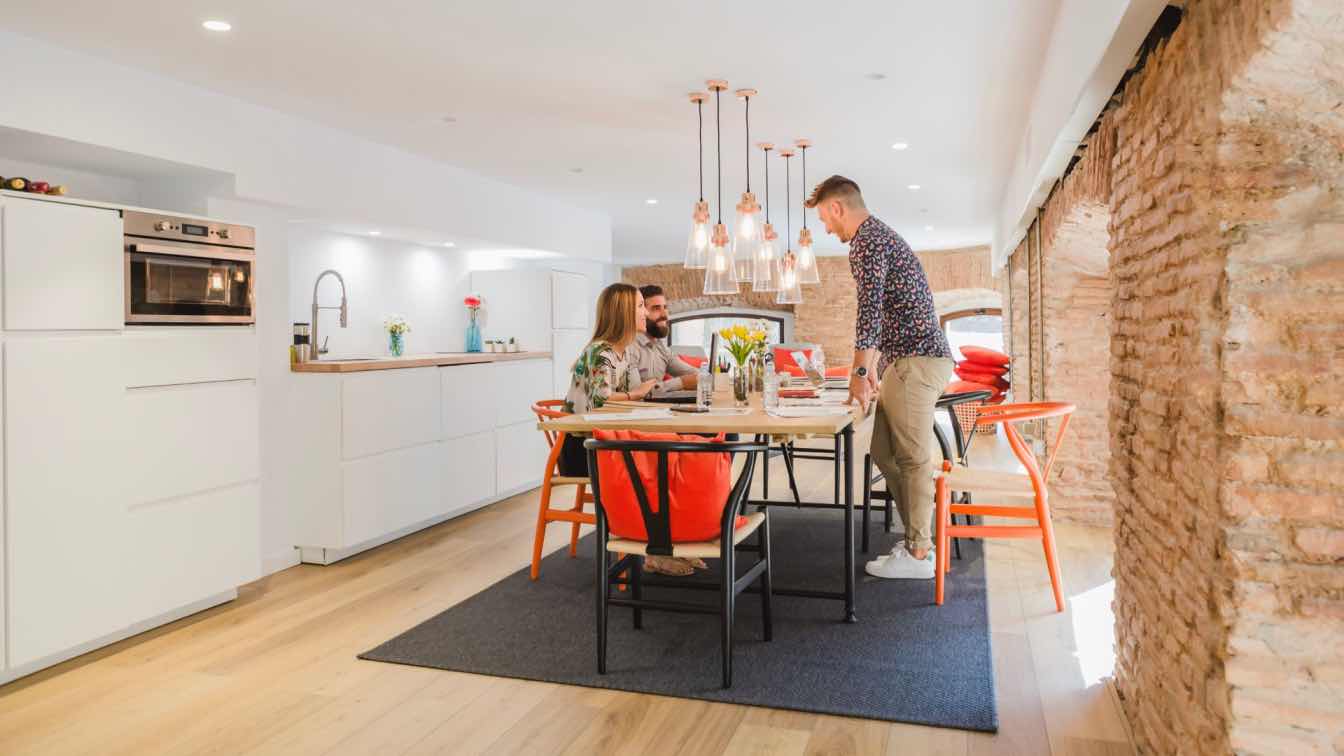Modern cities in the 21st century are actively developing due to the emergence of new technologies, as well as the urgent needs of residents. Lighting is also undergoing changes that make the use of the city more comfortable, safer, and more enjoyable.
Currently, various control systems, luminaires with the possibility of dimming and changing color are being actively introduced in lighting solutions for cities. Automation is implemented using sensors or pre-programmed scenarios. There are also projects with the implementation of Smart City tools that use smart poles, which include the functions of lighting, video surveillance, sound broadcasting, Wi-Fi, and data collection through various sensors.
The most important advantage of lighting control systems is flexibility. For example, on the same equipment, you can create different lighting scenarios (everyday, holiday, evening, night, etc.). It is also possible to dynamically change the lighting to achieve an expressive artistic effect. By reducing the number of lighting fixtures used, you can significantly reduce energy costs, as well as create a visually clean space that is not cluttered with various types of lighting equipment.
Control systems allow you to change the luminous flux depending on the lighting conditions outside, the presence of people or according to programmed scenarios. Reducing the luminous flux allows not only to create an energy-efficient solution, but also to reduce light pollution at night.
Automated systems and lighting control systems allow real-time detection of various problems that may arise in lighting equipment, which means prompt replacement or adjustment of their correct operation.

© Triumphal square: Architect: Buromoscow / Lighting design: QPRO/ Photo: Dmitry Chebanenko
There has been a trend towards an integrated approach in urban lighting: lighting master plans for cities are being developed, design codes for districts, residential developments being designed include landscape design solutions and adjacent areas with a single outdoor lighting last years. The current agenda for preserving the dark night sky also influences current trends in lighting, so the choice of lighting equipment has become more thorough (the design features of lighting equipment, its quantity, power, direction of the light flux, as well as color temperature are taken into account).

© Triumphal square: Architect: Buromoscow / Lighting design: QPRO/ Photo: Dmitry Chebanenko
Lighting equipment is being modernized in modern cities, and LED light sources are replacing traditional sodium and metal halide ones. Now LEDs differ from those ones that were 5-10 years ago - their spectrum has become more complete, color rendering has become higher. Such changes contribute to visual comfort. The luminous efficacy is also higher, so lower wattage fixtures can be used, helping to reduce energy bills and consumption.
Lighting plays a significant role in ensuring safety at night. And this concept can be viewed from different angles.
Firstly, lighting helps to visually navigate - to see obstacles, traffic signs, etc. To create a comfortable visual environment, there are many options for optics, all kinds of anti-glare accessories, and a high color rendering index is also important.
Secondly, it is necessary to ensure the safety of the environment in terms of the criminality of the situation. Now a direct link between lighting and crime levels has not yet been proven, but high-quality lighting in urban public spaces helps to concentrate people in places with high-quality light for communication and recreation. A person becomes more comfortable and feels safe among people who are clearly visible. Also, well-lit spaces help security services monitor the situation visually or through surveillance cameras.
The third is the concept of "feelings of safety". A feeling of “inhabitability” appears if a person sees a well-maintained landscape space that is being looked after. It’s forming a sense of security in this territory. In addition to lighting scenarios, colored lighting or luminaires with special lighting effects are also used.

© Krymskaya embankment: Architect; Wowhaus / Lighting design: QPRO / Photo: Marika Volkova
City lighting should create comfortable conditions for a person. For example, visual chaos that can form due to the presence of various types of lighting is unacceptable. Light fixtures should in order. The light should help in navigation and orientation in space at night, and not cause eye fatigue for drivers or pedestrians. The level of illumination should be limited not only by minimum indicators, that is, not less than a certain value, but also by maximum, not to exceed certain values. Window glare and light pollution in large cities is an urgent problem that is being fought in different countries of the world.

© Krymskaya embankment: Architect; Wowhaus / Lighting design: QPRO / Photo: Marika Volkova
Light should help a person to correctly determine the shape and color of objects. If you can see the facial expression of a person well, then it becomes easier for you to assess the situation and understand whether you should have been worried about your safety.
For lighting devices, it is important to consider the absence of glare and flicker. For example, glare can be avoided by proper lighting aiming, positioning, and the choice of appropriate wattage and anti-glare accessories.

© Krymskaya embankment: Architect; Wowhaus / Lighting design: QPRO / Photo: Marika Volkova
Today it would be useful to highlight the development of lighting in Scandinavian cities, developing and implementing lighting master plans. They also pay great attention to the environmental issues of urban lighting.
For example, the city of Malmö (Sweden) is actively implementing the principles of sustainable development, being a member of the European Network of Green Capitals. The local authorities installed energy-efficient lighting on one of the city's highways in 2022. These recyclable lighting fixtures not only save energy, but also minimize the environmental impact. Lighting devices are combined with a control system that regulates the level of illumination depending on the load on the road. At night, when there are very few cars on the roads, the luminous flux of the luminaries decreases, and the color temperature changes from 3000K to 2000K. Such a lighting solution using a control system allows you to maintain the proper level of traffic safety, excellent visibility, reduce light pollution, and therefore preserve biodiversity. In the future, it will be possible to use the data received from the luminaires to program lighting with the ability to adapt it in real time in accordance with traffic conditions.

© Sweden, Malmo motorway: Author: Schreder





